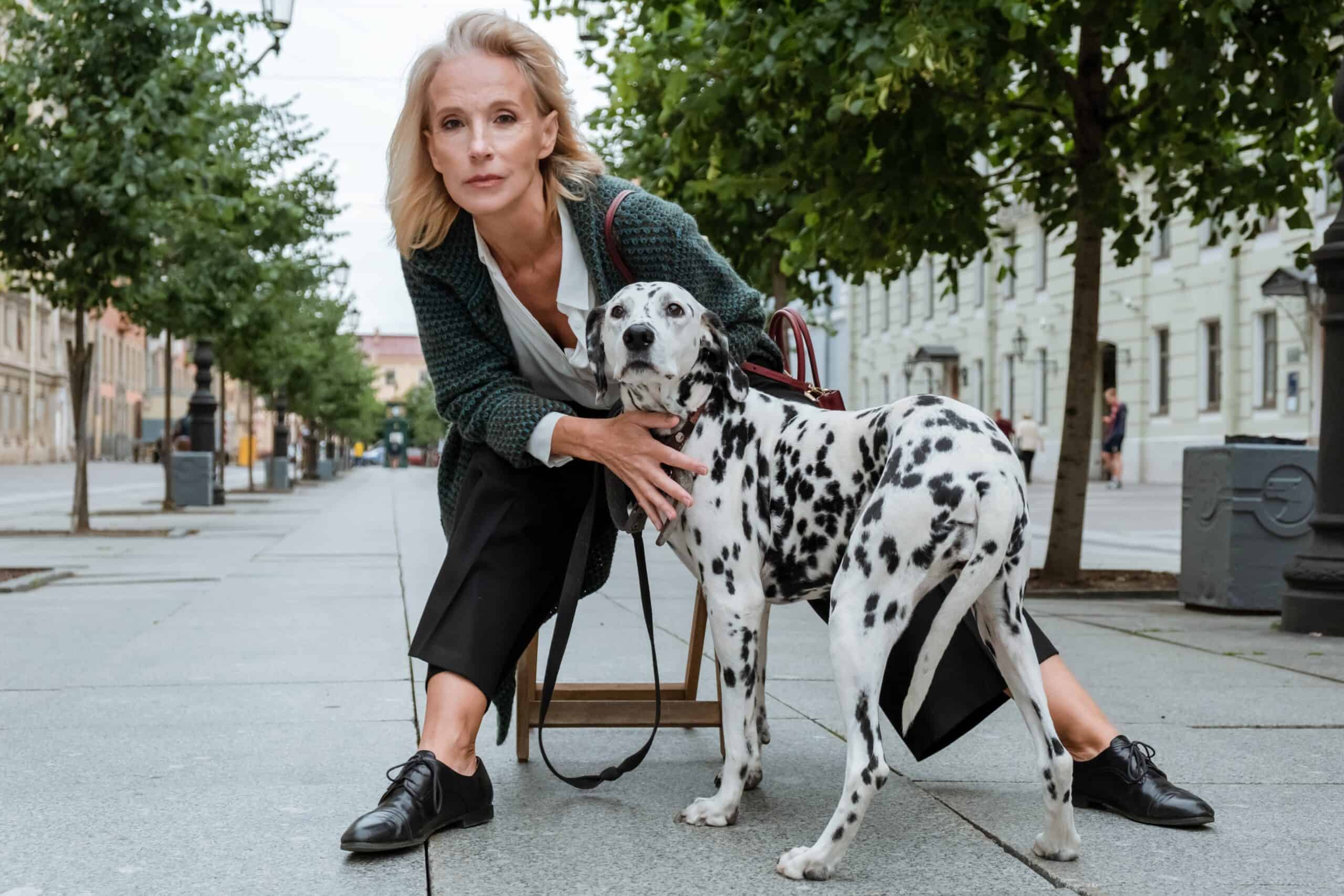How to Adopt a Pet During the Pandemic & Train Them for After

By Christina Lyon
Are you thinking of adding a new family member to your home? You’re not alone! It’s safe to assume we’ve all experienced significant stresses from the Coronavirus pandemic. So, why adopt a pet during COVID-19?
Research shows that petting a dog releases dopamine and oxytocin, those lovely pleasure hormones that make you feel oh-so-happy.
Whether financial strains or health scares have sent you down a kitten video rabbit hole on YouTube or you’re missing wine night with your girls, we could all use a dopamine boost!
Before you hurry out to adopt a furry friend, here’s what you should consider first.
How Pet Adoption Works During COVID
Years ago, pet adoption was easy, especially for rescue animals. You’d visit a local animal shelter, cry at all the adorable animals that need homes, and ultimately, settle on the one that tugged at your heartstrings the most.
Throw a global pandemic into the mix, and the pet adoption process has become challenging to navigate. Shelters and rescue centers are closed, resources are limited, and adoption events are scarce.
How can you choose the right animal for you and your family if you can’t meet it in person?
True to the resilience we’ve seen since the beginning of this pandemic, people are finding another way to meet adoptable pets via Zoom meet-and-greets.
But not all shelters are operating virtually, so how can you adopt a pet during COVID-19?
Your pet adoption checklist:
- Find animal shelters and rescue centers online on sites like PetFinder and AdoptaPet.
- Use the filters to find rescue animals in your area. You can browse dogs and cats by size, breed, age, and compatibility with children and other pets.
- Check out what animal shelters and rescues are listing the animals you’re interested in adopting. Is it a local shelter? If so, do they have in-person or virtual adoption events?
- Now head to their social media profiles. Do they post pictures of adoptable pets there? Since everyone’s rushing out to adopt a pet during COVID-19, you might get the latest listings from their social media profiles.
- Consider working with an adoption counselor to guide you toward the right animal.
- Fill out an application. At this point, you need to think hard about why you’re adopting a rescue pet and how the animal fits into your current and future lifestyle, which we’ll elaborate on next.
Why Should You Adopt a Pet During COVID-19?
Although Coronavirus feels like it’s never-ending, it won’t be around forever. What will your life look like after the pandemic? Will your new pet spend more time alone? If you’re retired or working part-time, you won’t have to worry about that. But there are other logistics to consider before you adopt a new pet.
Adoption Fees and Ongoing Costs
Potential adopters need to consider how much adopting a pet costs. While our furry friends are adorable, they require care.
From initial adoption fees to ongoing costs of pet ownership and animal care, here’s what future pet owners should include in their budget:
- Food costs. Budget about $50-$60 a month for dry food, wet food, and of course, treats!
- Vaccinations and microchips. If you adopt from a rescue center, they may include vaccines and the microchip in the adoption fee. However, animal shelters might not include these services, so expect to pay around $100 to get your dog up to date.
- Training and walking. Whether you’re adopting a puppy or an adult cat, most rescue animals need training from the pros. And what about walking your dog every day? Exercise is vital to a dog’s physical and mental health. Factor these services into your budget.
- Neuter and spay fees. These fees will vary depending on whether you’re fixing a dog or cat, but the average cost is around $200.
- Toys and accessories. Your rescue pet is the cutest animal in the world, right? So naturally, it needs all the fun toys and accessories. You’ll need to buy toys, a collar, leash, harness, bed, and crate.
- Veterinary care. The goal is to bring your new pet home in good health, but vet visits are typical when you adopt a rescue animal. Most animals are strays, and there’s no history of their health and wellness. You may have to visit the vet to treat infections, worms, and other issues they picked up at the local shelter. In time, your fur baby will be back to full health!
These fees are nothing in the grand scheme. Having your new family member snuggle you and love you unconditionally is priceless!
Get The Finer Life
Our Sunday email has tips and content you will love – exclusively for our subscribers.
"*" indicates required fields
Socialization… While Social Distancing
Are you adopting a woman’s best friend? If so, your dog will need socialization, which isn’t necessarily practical while social distancing. But it’s doable! Walking your dog every day will expose it to other dogs, which is excellent for their social interaction!
Alternatively, consider meeting up with other dog parents at a local dog park. Maintain your social distance but let the dogs run wild!

What Happens After COVID?
Many people are working from home, which stimulated the wave of pet adoptions across the United States. But it won’t always be so. What’s going to happen when you go back to work?
As you transition into post-COVID life, make a plan that prioritizes your new pet’s wellbeing. Gear your pet up for success by starting with a steady routine.
Feed and walk your animal at the same times every day to get them comfortable. As you transition to post-pandemic life, maintain that schedule to keep your animal comfortable — and your furniture, shoes, and trash intact.
Separation anxiety is real, especially for a new dog. As difficult as it may be, make time to leave your pet alone for half an hour to get them used to being alone. Then up it to an hour. In time, they’ll learn that you always come home and provide that welcoming affection they crave!
Re-adjusting our pets isn’t the only thing we’re working on in the wake of lockdowns! We’re trying to lose weight gained over the pandemic, catch up on travel, and re-discover “hard” pants!
Get Ready For A Remarkable Bond!
There’s nothing like the bond between you and your rescue animal. Rescue pets have endured challenges and circumstances we can’t imagine. It’s natural for your new pet to be scared, nervous, and anxious.
But the more patient you are with them as they adjust, the more they’ll trust you. Remember that poor behaviors and accidents are normal initially, and most events are fear-based.
Again: be patient and compassionate. In time your new pet will adjust and become your lovely little fur baby.
Adopters often say that their rescue animal rescued them. When you open your heart and give a rescue a happy new home, you’ll have a best friend for years to come. And that’s a beautiful friendship!

Want a Free Guide?
You will receive our free 19-page guide and access to our exclusive content, private invitations, and tips you’ll love.
"*" indicates required fields
Facebook Group




